Having your money or stuff stolen can put a damper on an otherwise life-changing travel experience. While you can’t always prevent the inevitable, there are plenty of ways you can lessen the risk of having your stuff stolen abroad.
12 Smart Ways Keep Your Stuff Safe When You Travel
You’re at a pupusa street food stall in San Salvador when the man in line after you stands awkwardly close. When you reach for your cash wallet in your back pocket to pay, you realize that it’s gone—as is the man who was behind you.
You’ve been robbed. Now what?
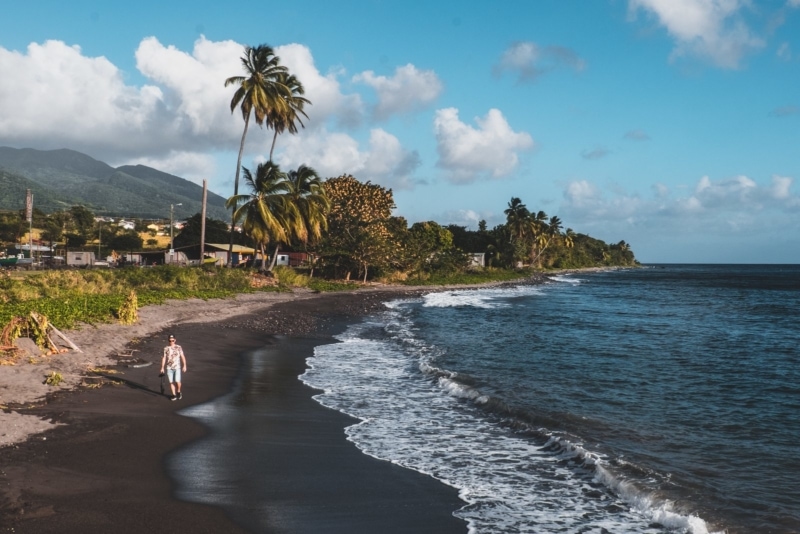
Here’s the thing: In most places, getting robbed while traveling is not as likely as a lot of people assume it is. In fact, most places around the world are a lot safer than they’re portrayed to be—by the media especially. That said, there are thieves in this world, and there is always a chance that your travel plans will go awry because of them.
Not only is being robbed a disconcerting and stressful experience, but it’s also a major hassle.
You’ll need to file claims with your travel insurance company (you do have travel insurance, right?), cancel your credit cards, call your bank, find an address where you can have new credit and debit cards mailed to you, have someone back home wire you money in some form in the meantime and pay a visit to the U.S. embassy to be issued a new passport.
Fun times all around.
If you can stay smart and keep your wits about you while you travel, then you reduce the risk of having your stuff stolen while you’re traveling. While you can’t prevent theft 100 percent, there are plenty of ways to safeguard yourself and make yourself less of a target.
-
Try to Blend in and Don’t Look Like a Tourist

Me in full tourist mode. Photo: Kate McCulley Wearing a T-shirt that reads “Krabi Pub Crawl,” you dig your phone out of your pocket and bury your nose into Google Maps. You’re looking for a place to eat along the blonde beach of the coastal Thai town. Meanwhile, your wallet is bulging out of your back pocket, you’re carrying an expensive cell phone, and it’s quite obvious to anyone watching that you don’t have a clue where you are.
The reason pickpockets and thieves target travelers is because they’re unfamiliar with their surroundings, distracted by the new sites and presumably, carrying valuable items.
So how do you make yourself less of a target? Blend in. Don’t dress—or act—like a tourist.
Try not to wear expensive clothes that scream, “I’m not from around here!” In the wrong place, you may as well have target on your back.
Carry a bag that’s a little beaten up—that way it won’t look like you have something expensive inside. If you’re toting a brand new backpack with a giant GoPro or DJI logo, or a fancy camera bag that looks brand new, you might as well be screaming that you have expensive equipment inside.
So, when you’re shopping for backpacks or luggage, pick something that looks unassuming. Do your best to make your bag look beat-up and worn so that no one would assume it’s holding anything expensive. Sew some ugly patches on it, scuff it up a little bit and cover any designer labels.
-
Carry a Decoy Wallet

An obviously staged stock photo, but a realistic depiction nonetheless! Someone approaches you late at night on an empty street in Sri Lanka and demands that you give them your wallet. Willingly, you fork over your decoy wallet. It’s a second wallet you carry on your person with some expired credit cards, an old ID, and a small amount of cash that you’re happy to give away. It’s just enough to make them think it’s your real wallet, and they walk away with a few bucks and some old cards you don’t care about.
Meanwhile, your real wallet is safely hidden, and most of your cash is tucked away inside the sole of your shoe.
Even more likely than getting mugged, however, is getting pickpocketed. Any major tourist hub is rife with pickpockets, and they’re bona fide pros at figuring out who to target.
They look at what you’re wearing, what you’re carrying, and how you act. If you look like a tourist (point number one!), you’re a prime target. If you keep a decoy wallet in your back pocket, that’s the one pickpockets will go for. And though the thieves may think they’ve outsmarted you and made off with everything you have, you were a step ahead of them this whole time.
To create your own decoy wallet, grab an old wallet or a purse that you no longer use, fill it with some expired credit cards and membership cards and a little bit of money. This is one of the most important travel tips we can offer!
TIP: On a similar note, there’s no need to fill your real wallet with hundreds of dollars at a time. If you’re banking smartly while you travel, you can avoid ATM fees and take out less more often. -
Never Put Valuables in Your Checked Baggage

Photo: Jeremy Scott Foster Whether you’re traveling by plane, train or by bus, never ever let your valuables out of sight. And to that end, don’t ever place your valuables in the checked baggage that goes in the storage hold of the plane or the underside of the bus.
An employee loading bags could reach into your bag and steal your laptop, wallet or passport. Or, when the bus stops and someone gets off, they could grab their bag and yours, and walk off with it.
A CNN story about the TSA from 2010 to 2014 found that travelers filed 30,621 claims of missing valuables disappearing from their checked luggage or at security checkpoints of airports, too.
It also happens often on tourist buses all over South America and Southeast Asia.
When taking a bus, train or a plane, the best practice is to keep all your valuables and electronics with you in your carry-on backpack.
This includes your medications, passport, wallet, money, phone, laptop and any important travel documents.
And keep your carry-on bag on the seat with you! When you go to sleep, wrap it around your arm or your leg, or sleep on top of the bag itself so that someone wouldn’t be able to take it without waking you up.
What’s more, you should never put your bag underneath your seat on a bus, either. A common travel scam in South America involves the person in the seat behind you using a knife to cut open your backpack, transfer the valuables from your bag to theirs, then getting off at the next stop.
TIP: Travel with an anti-theft backpack which have lockable zippers and a proprietary “exo-mesh” liner that’s totally puncture- and knife-proof. -
Don’t Carry Shoulder Bags
Thieves on mopeds or motorbikes could drive up onto the pavement, grab your bag off your shoulder and drive away with it. It’s a common problem and it happens all over the world—it’s even happened to my friends. In fact, it’s such an issue in Malaysia that the US Embassy website has an entire page about it.
So how do you avoid being a victim of this type of theft? Always be aware of your surroundings and try to walk against the flow of traffic on the inside of the sidewalk.
Ladies, if you’re carrying a handbag, put it over both of your shoulders and keep it away from the street side of the pavement and close to your body. Maybe even hold it with one hand so, if someone tries to rip the strap off you, it’s still in your hand.
-
BYOP—Bring Your Own Padlock
If you’re staying in a hostel you’ll likely be staying in a dorm room with a private locker for your things. If this is the case, it’s a good idea to bring your own padlock to secure the locker with, rather than using a padlock supplied by the hostel.
That way, you’ll know for sure that you’re the only one with the key. No one else will be able to unlock it and get access to your valuables.
If you think I’m talking about those massive padlocks that you had on your high school locker, I’m not! Try this sturdy combination lock from Master that weighs less than 5 ounces.
TIP: TSA-approved luggage locks are not suitable for a locker. They are easily broken and are meant to keep your luggage “semi-safe” while it’s in transit.” -
Carry Two Hard Drives & Backup to the Cloud

Not all “stuff” is physical, and in fact, the digital stuff is the hardest to replace. If someone steals your credit cards, you can cancel them and order new ones. If you get your laptop or camera goes missing, however, there’s no way to replace those photos from your once-in-a-lifetime trip.
That’s why it’s a good idea to carry multiple external hard drives (in different places)—you reduce the risk of losing your precious travel memories. Create more backups for a lesser risk of losing what’s important to you.
On top of local backups, it’s a very good idea to keep your photos and documents backed up in the cloud. Backblaze offers unlimited cloud backup for just $5 per month. I’ve been using them for more than ten years and they’ve saved my tuckus more times that I’d like to admit.
You can read my full Backblaze review here.
-
Hide Stuff in Different Places
It’s never a good idea to store all of your valuables in one place. If one bag goes missing and everything of value was stored inside, you’ve just lost, well, everything. Keep your valuables—and cash—spread outacross your luggage (and your person) in different places. That way you’ll always have access to backup cash and cards in case something goes wrong.
I like to get creative when it comes to hiding my valuables in my luggage. Here are a few ways you can too:
- Sew some backup cash behind a patch on your backpack.
- Hide money in rolled up socks—and keep those socks at the bottom of your bag.
- Use an empty deodorant case to store cash, cards, keys, or anything else of value that fits. Keep your deodorant case in your toiletry bag.
- Ladies, try hiding your valuables in a tampon box. Ain’t nobody looking in there.
-
Keep Daily Spending Money Inside Your Belt
In a pinch, I keep extra cash in the sole of my shoe. It’s not ideal, though, especially when you’re exploring beach destinations or visiting temples that require you to take off your shoes to enter. That’s where this clever belt by Active Roots comes into play.
It’s lightweight, which makes it perfect for travel, and it looks just like an ordinary belt. There’s a secret, zippered pouch on the inside, though, where you can hide your money and other (small, flat) valuables. Its unisex design makes it a great choice for any traveler.
-
Use Anti-Theft Luggage from Pacsafe

Photo: Jeremy Scott Foster Pacsafe designs bags that are impervious to theft. Their bags come with locking, puncture-proof zippers, RFID-blocking pockets, an impenetrable exo-mesh fabric, and so much more. You may as well be carrying a lockable safe.
Travelers who had been robbed on the road before and wanted to create something that was a bit more secure started the company. There’s nothing else like it on the market. And though their bags tend to be a little bit heavier than your average bag, if security is your concern, the added weight is worth it.
Alongside their signature suitcases, backpacks, purses and other types of luggage, Pacsafe also makes the Travelsafe, a packable safe that you can carry with you anywhere you go. Lock it to a heavy piece of furniture in your room. Then nobody will be able to walk off with it or cut it open to get inside.
-
Track Your Bags with AirTags
Apple AirTags are little bluetooth receivers that you can keep inside your luggage, backpack or purse. If you lose your bag or your luggage in the airport, you can track its whereabouts with the FindMy app.
If you know your bag is somewhere nearby, just open FindMy and send a sound alert. Plus, it works the other way, too. If you have your AirTag but you can’t find your phone, just press the button on the AirTag. Your phone will start ringing instead!
-
Protect Yourself with RFID-Blocking Wallets, Backpacks and Purses

Photo: Jeremy Scott Foster Some passports, credit cards and driver’s licenses now come embedded with Radio Frequency Identification chips. These RFID chips transmit information wireless to anyone with an RFID scanner. They were designed to make scanning your ID or payment method a painless experience. But they’ve also made way for a new form of electronic pickpocketing: RFID skimming.
A thief would bring the handheld scanner onto a crowded subway or bus and hold it next to your stuff. The scanner would pull the information from your bank card or passport. And the thief would walk away without ever having touched your bag.
Fortunately, there are a lot of wallets and purses with RFID-blocking properties, which protects anything with an RFID chip from getting skimmed. Most Pacsafe bags come with RFID-blocking pockets, too.
-
Do Your Research
One of the most important things to do before you travel is some research. Then you know what to watch out for in your particular destination. Fortunately, the internet is filled with information about what neighborhoods are safe, what areas you should avoid and what common travel scams are out there.
Simply Google “Tourist Scams in (Your Destination)” or “Pickpockets in (Your Destination).” Read more about the tactics that are prevalent in that particular area. And you’ll be able to spot a scam right away.
Remember that, if things do go awry, life happens and works itself out. Losing valuables is far from fun, but the fact is that most “things” are ultimately replaceable. It’s your travel experiences and memories that really count, and no one can take those away from you.
Do you have any clever tips of your own for keeping your stuff safe while traveling? Let us know in the comments below!
READ NEXT:
FAQ
-
How do you secure belongings while traveling?
The best way to secure your belongings while traveling is to keep them with you at all times.
-
How do I keep my phone and wallet safe while traveling?
You can keep you phone and wallet safe while traveling by keeping them in zippered pockets on your person. You can also carry a decoy wallet to fool theives.
-
How can I keep my belongings safe in Europe?
You can keep your belongings safe in Europe by using the hotel safe, wearing a money belt, and not carrying a shoulder bag.
-
Do I really need an anti-theft bag in Europe?
An anti-theft bag isn’t really necessary in Europe, but it can give you some peace of mind if you’re worried.
-
How do you keep your belongings safe in a hotel room?
The best way to keep your belongings safe in a hotel room is to either use the hotel safe, or just bring valuables with you when you leave.
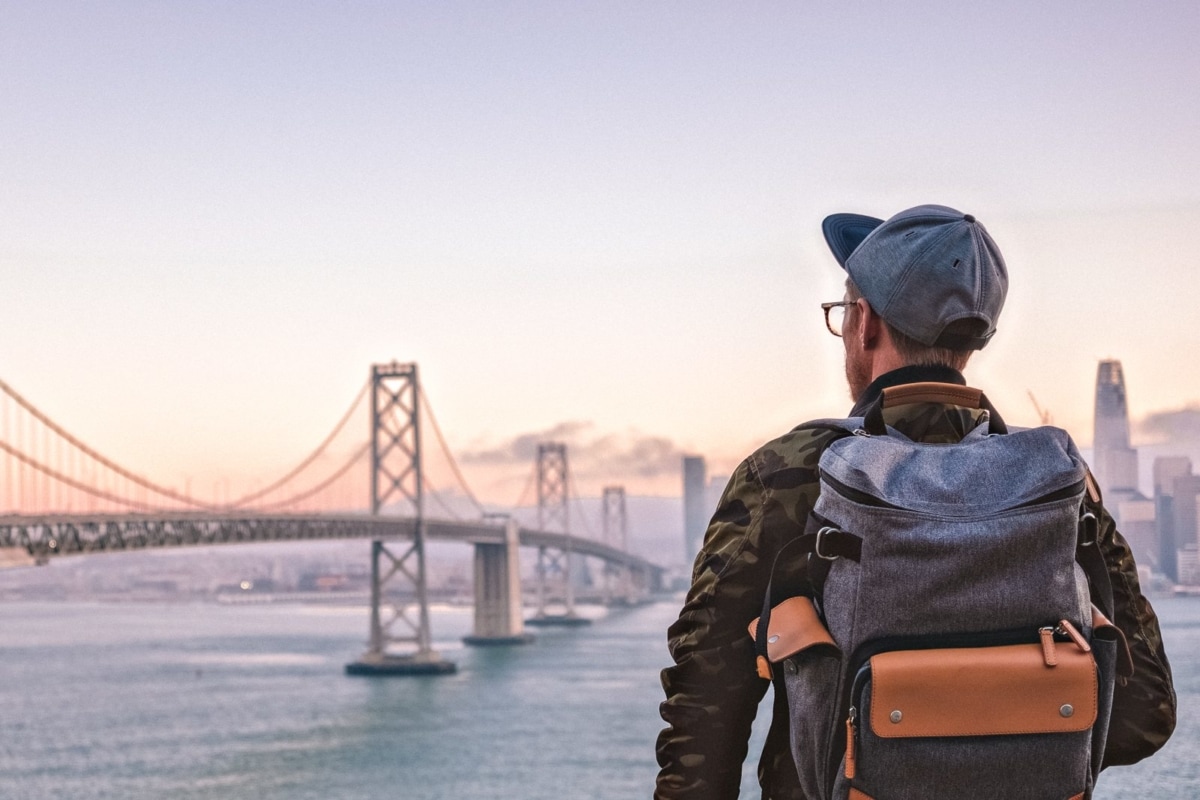

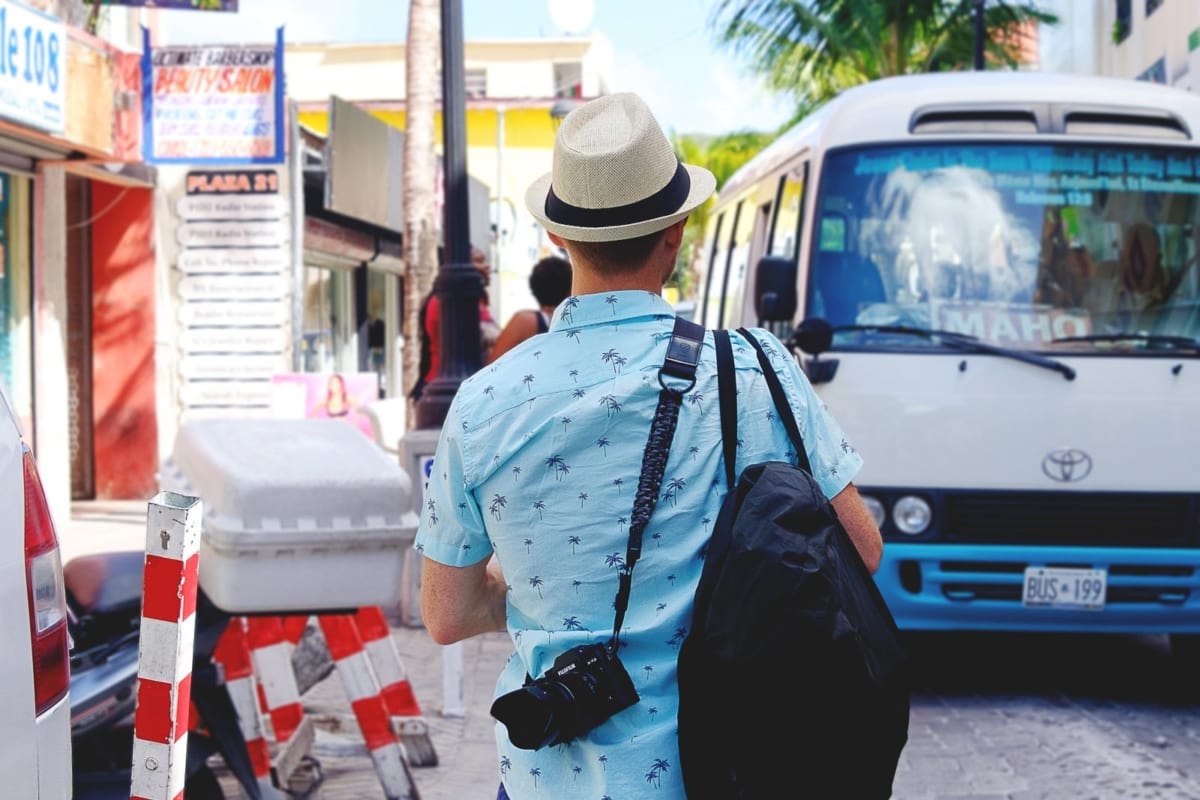
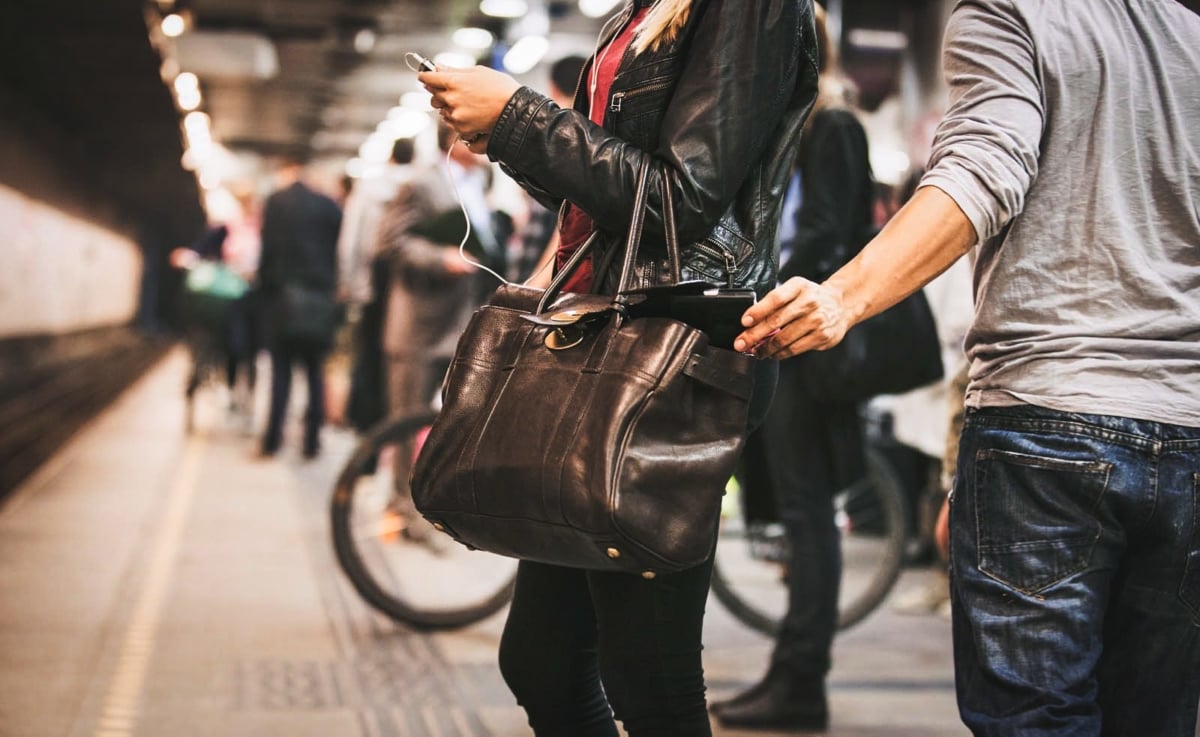
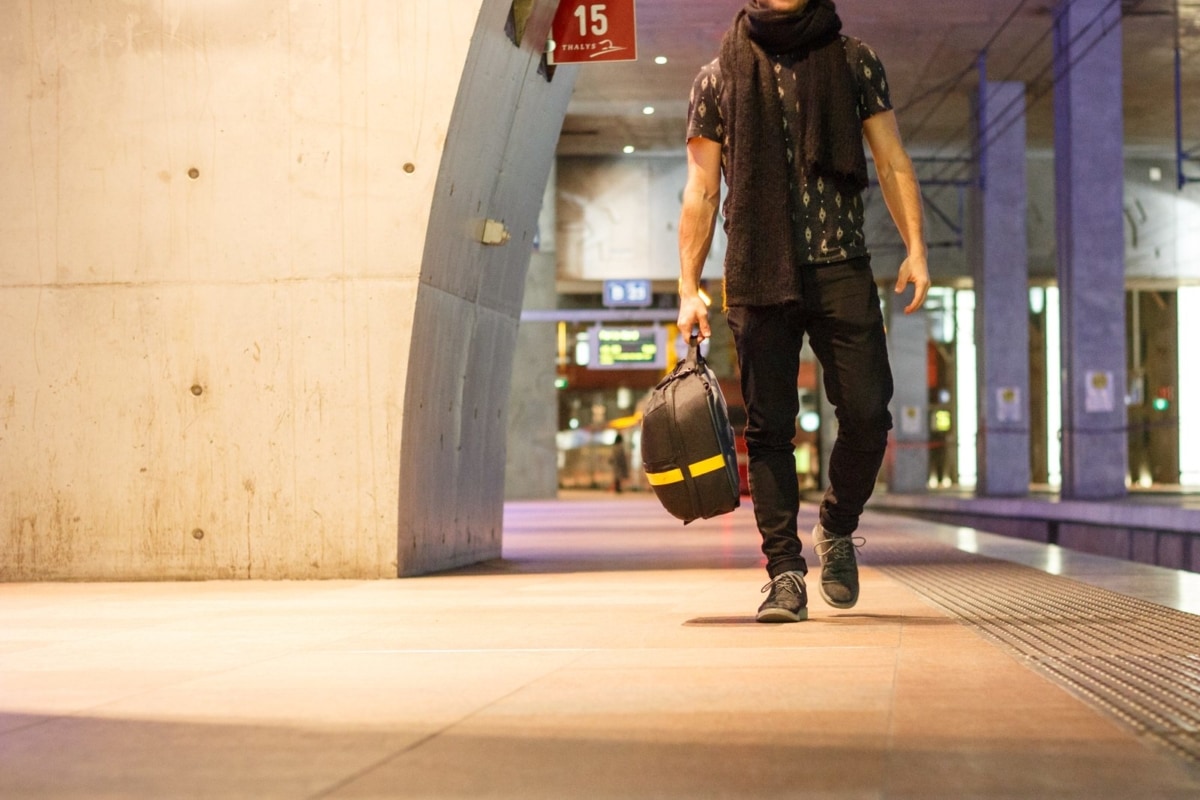


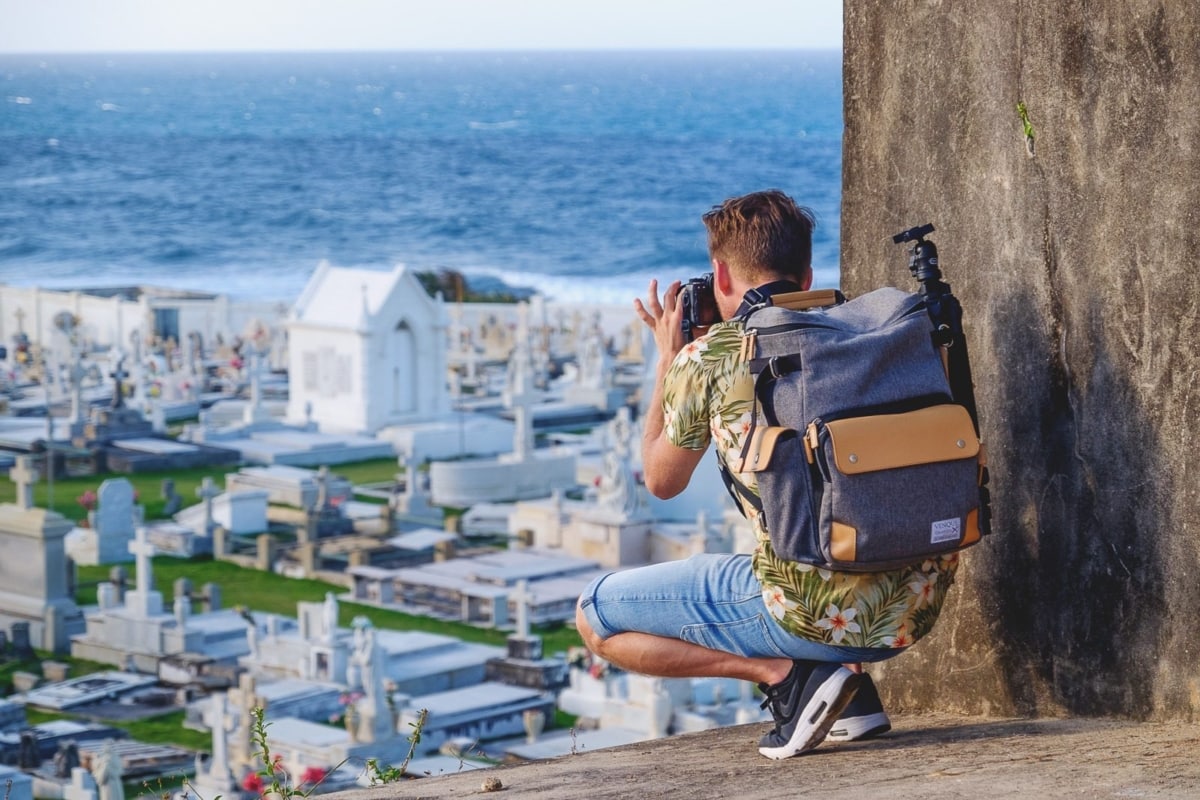
Voaavvv. Thanks. Great way
Voaavvv. Thanks. Great way
most of the travelers faced these problems that there luggage got missed or stole by somebody ..so here is the blog to keep yourself safe from all these catastroph
most of the travelers faced these problems that there luggage got missed or stole by somebody ..so here is the blog to keep yourself safe from all these catastroph
Thanks for sharing these awesome tips! Those new to travel and seasoned travelers alike will find this very informative. As technology changes we have to keep up with how to protect ourselves, especially with RFID scanners being a problem both when we travel and in every day life. Plus taking a decoy wallet and your own padlock are great ideas most wouldn’t think of!
Thanks for sharing these awesome tips! Those new to travel and seasoned travelers alike will find this very informative. As technology changes we have to keep up with how to protect ourselves, especially with RFID scanners being a problem both when we travel and in every day life. Plus taking a decoy wallet and your own padlock are great ideas most wouldn’t think of!
Great post! I love the idea of the dummy wallet. Definitely going to have to do that.
It’s one of my favorite tricks 😉
Great post! I love the idea of the dummy wallet. Definitely going to have to do that.
It’s one of my favorite tricks 😉